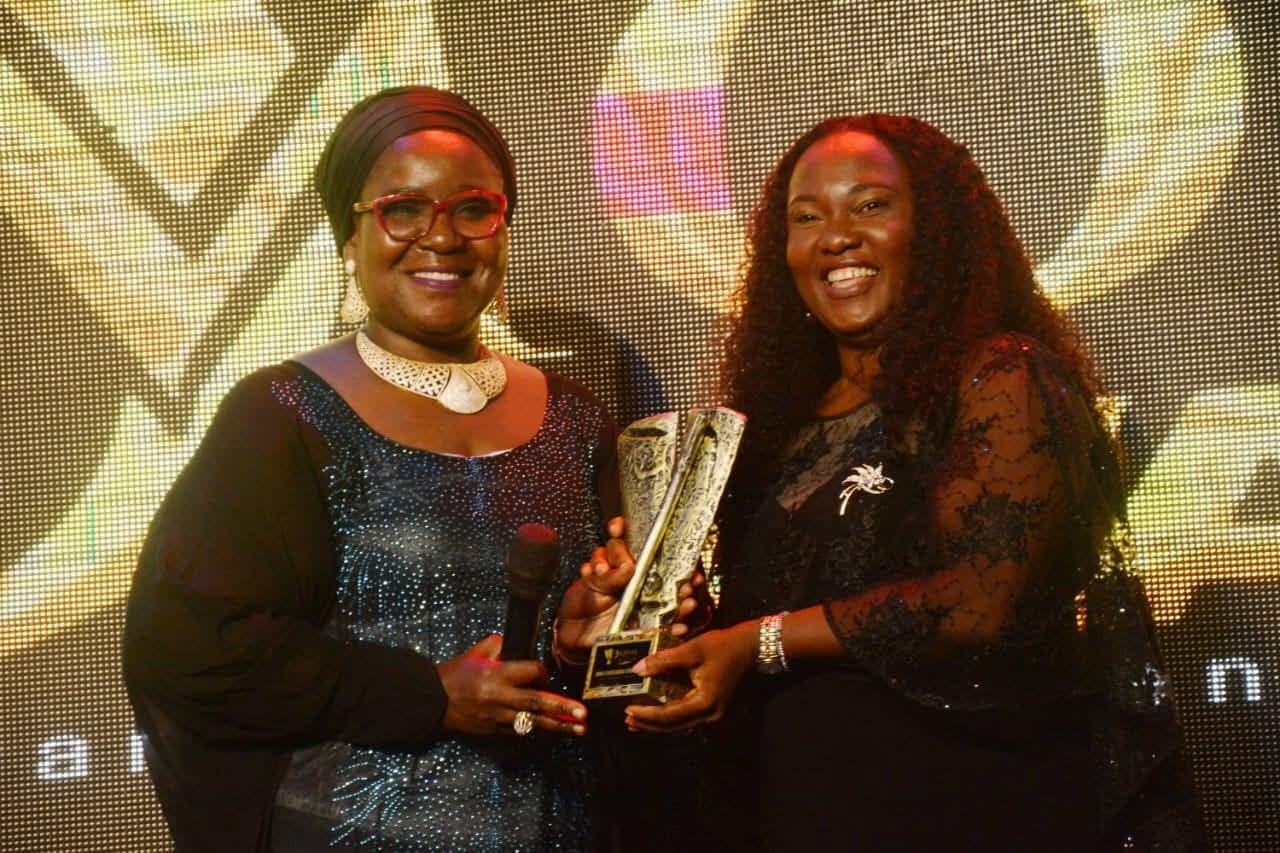
If you’ve ever sought freedom from the guilt of consuming copious amounts of chocolate, then this is your time. Fresh off the heels of World Chocolate Day, celebrated on the 7th of July in Europe – The United States celebrates International Chocolate Day on the 13th of September – we indulge in the history of cocoa and chocolate and hopefully that the opportunity to enjoy some chocolate in whatever guiltless form it may be offered, at least for the next few days.
Say hello to Theobroma cacao, the cocoa tree and the fountain of cocoa pods – ribbed, hard shelled, ready to be broken open and the source of ‘magic’ we know as chocolate. Loved and worshipped in Central and South America by the Mayans and Aztecs many centuries ago, “cacahoatl” as cocoa was known became xoxoatl, a beverage meaning ‘bitter water’. From its highly prized status as food for the gods, then currency, it has become a crop of global importance, with annual production just over 4 million tonnes.
Used in many industries, most notably food and drink, the cocoa tree thrives in climatic conditions found between 10ºN and 10ºS of the Equator, making West Africa, parts of Latin America and South East Asia significant contributors to its growth and sustenance.
Brought to West Africa in the 19th century by the Portuguese, cocoa was first planted on the islands of São Tomé and Principe in the same period when chocolate became edible and more than a drink. It was from here that cocoa cultivation spread to Cote D’Ivoire, Ghana, Nigeria, and Cameroun. Together these 4 countries currently account for around 70% of its production, ~ 3 million tonnes [Online: Statistics – Production, International Cocoa Organization, www.icco.org].
Since the late 1970s, Cote D’Ivoire has maintained its lead as the world’s top supplier of cocoa beans, accounting for up to a third of the global crop, most of it from smallholders, some of whom are part of the Fair trade organization. The Fairtrade label was first applied in 1988 to Mexican coffee imported into The Netherlands under the Max Havelaar label. Since then, its reach has expanded to chocolate and other products as its market-based policies and constructs protect and empower smallholders by offering them a premium for producing their goods in a sustainable and ethical manner. These impact yield, quality, management and improved social outcomes with farmers uniting under the umbrella of cooperatives and collectives.
This is important for the sustenance of the industry as cocoa production is labour intensive. The ripe pods are carefully cut from trees, split open and the white seeds scraped out. The beans are then covered and fermented in heaps for up to eight days. This key step in the process is responsible for the flavour and aromatics in cocoa beans and subsequently, chocolate. The beans are then dried for up to 2 weeks to reduce the water content, after which they are roasted, like coffee beans – to develop flavour. Then the thin shells, covering the nibs are removed in a ‘cracking and winnowing’ process. Finally, the nibs are refined – grinding and blending till the end result is a rich cocoa liquid with a smooth mouthfeel. This is only one step in the process that is then ‘conched’, a process of deacidifying the mix. The result is then tempered and combined with other ingredients – fat, sweetener, flavouring to yield various grades and types of chocolate.
If like me, you’ve ever wondered how many cocoa beans it takes to make a bar of chocolate…well, you’re not alone as over 4 million results on Google Search demonstrate. In truth? There is no simple answer as it depends on a number of things from the size of the cocoa beans to the processing and finally, the desired product – milk or dark chocolate. From calculations, a typical Nigerian cocoa pod, containing around 40 beans would produce two 60g bars of 66% dark chocolate. Here is how
Each seed weighs approximately 3 grams, so that the total weight of seeds would be ~120g. Weight loss during drying and processing accounts for up to a third of the weight loss, leaving about 80g. A 66% cocoa content bar is about a third sweetener, fat and flavouring, about 120g which in turn would produce two 60-g bars of chocolate. This is a very simplified version but I hope it gives you an idea of what goes in to producing your chocolate.
So yes, go out, treat yourself to a slice of chocolate cake, a cup of hot chocolate or just sit on the couch in your pyjamas snacking on a bar of fine chocolate. Whatever you do, thank the Mayans, the Aztec and the Ivoirians for letting us celebrate World Chocolate day however we choose.
Enjoy.






